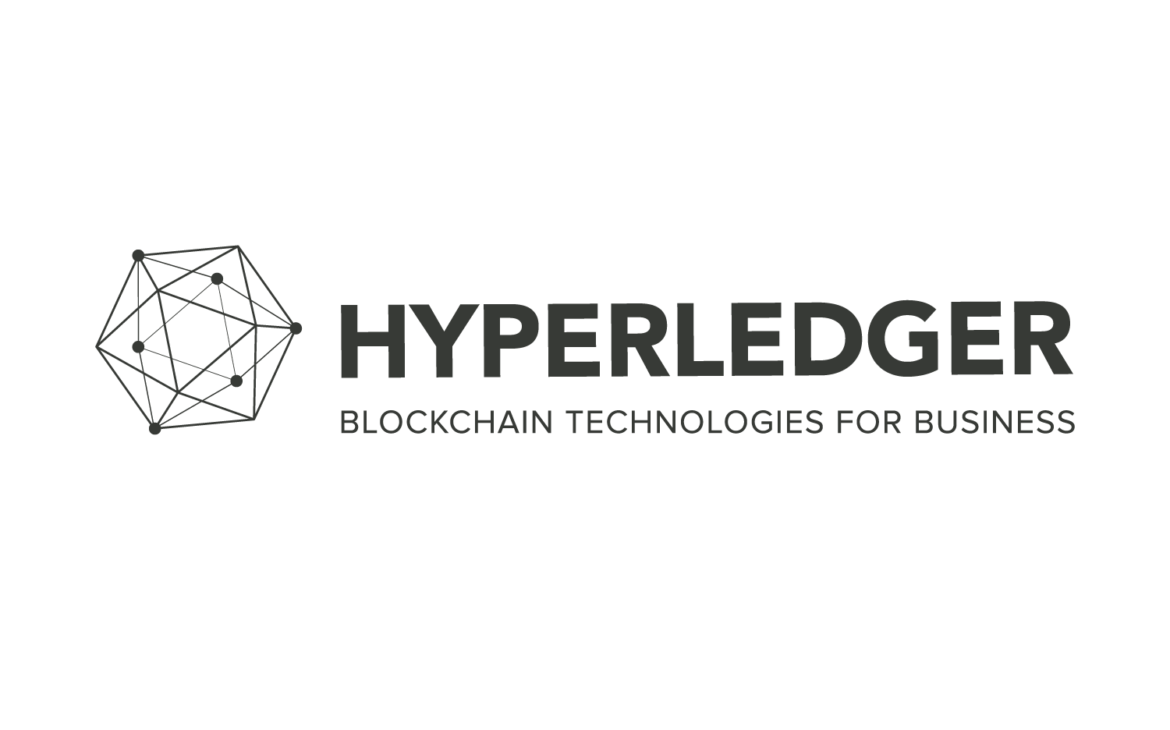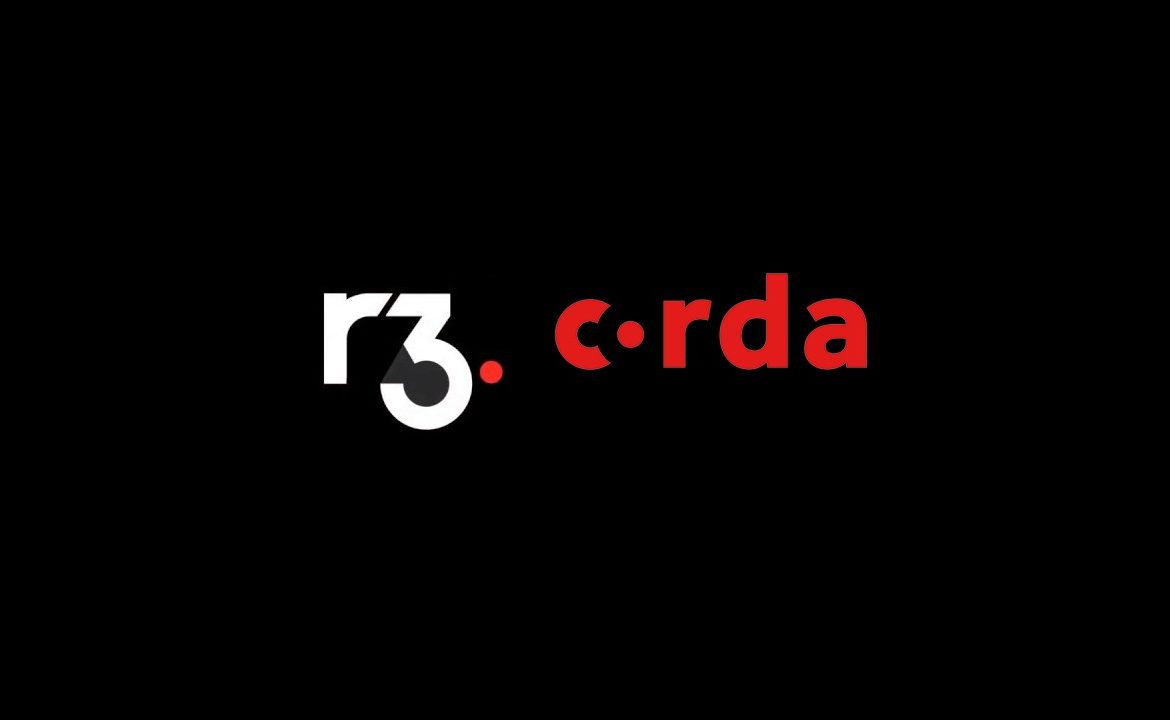Ethereum is the descendant of the first generation of blockchains (Blockchain 1.0), which were frequently used as databases. However, technology continued to advance, presenting new opportunities every now and then. The evolution of second-generation blockchain (Blockchain 2.0), which allows computer code to be executed on the blockchain network, is one prominent example. Blockchain 2.0 simply expanded the scope of Blockchain 1.0, which was previously limited to Bitcoin databases, to include decentralised applications and smart contracts. They are, indeed, built on Ethereum, a second-generation blockchain. This article will tell you all about Ethereum: The World Computer
Ethereum, also known as Ether (ETH), is the second-largest cryptocurrency by market value after Bitcoin. Bitcoin revolutionised the currency market by introducing a decentralised currency that is not backed by the government. To name a few, Ethereum aims to do the same for governance, social networking, land records, certifications, supply chains, and voting. Ethereum is intended to be the single blockchain network on which all DApps will be built.
Bitcoin is ideal for distributed data storage, whereas Ethereum is ideal for distributed data storage and computing. Ethereum supports scripting with a Turing complete smart contract and has a block duration of about 10 seconds. Thousands of decentralised applications are currently in use on the Ethereum network. The Ethereum Enterprise Alliance is a global community of blockchain leaders, adopters, inventors, developers, and innovators who collaborate to develop solutions that benefit everyone.
Founder of Ethereum
Vitalik Buterin invented the term “Ethereum” in 2013 to describe an open-source public blockchain network.
Anthony Di Iorio stated the following: “In December 2013, Vitalik Buterin, myself, Charles Hoskinson, Mihai Alisie, and Amir Chetrit (the original 5) founded Ethereum. In early 2014, Joseph Lubin, Gavin Wood, and Jeffrey Wilcke were added as founders.”
Philosophy of Ethereum
The Ethereum blockchain network can be used to store and execute computer instructions, allowing for the creation of decentralised apps as well as serving as a decentralised payment network.
The fundamental principles that guided the development of the Ethereum blockchain are as follows:
Simplicity: Even if it means sacrificing space-time efficiency, Ethereum protocols should be as basic as feasible. The Ethereum network’s complete specification should be understandable and implementable by an average developer, and the Ethereum protocol is available to everybody to help further the idea. Any protocol optimization that adds complexity should only be implemented if it provides a significant benefit.
Universality: What distinguishes Ethereum from other cryptocurrencies? It’s a common question, but Ethereum doesn’t have anything like “features.” Instead, Ethereum offers a Turing complete language (Smart Contracts) that enables developers to create any feature they require.
Modularity: The components of the Ethereum protocol should be developed as modules that are as self-contained as possible. If a little change is made to one model, the entire protocol stack should continue to function normally. This is due to the fact that modules should be adaptable to other protocols. As a result, Ethereum’s growth will benefit the entire blockchain ecosystem.
Agility: Ethereum’s protocol definitions aren’t set in stone. Every change to the network is subjected to a thorough examination.
Non-discrimination and non-censorship: The protocol will not be written in such a way that it restricts or prohibits any particular action or process. The Ethereum protocol’s regulatory measures are all designed to prevent harm to the system, not to prevent a specific conduct. For example, if a user is willing to pay the computational price, they can run an infinite loop programme on blockchain.
Decentralized Applications
A Decentralized Application (also known as a DApp) is a programme that interacts with the blockchain. A DApp is similar to any other piece of software you would use. It could be a website or a smartphone app. A DApp is distinguished from a traditional app by the fact that it is built on a decentralised network such as Ethereum.
It’s applications are produced and controlled by decentralised technology rather than by a single, centralised entity or company. Let’s take Google Pay as an example. A single firm, Google, created and controls the payment app. The logic and requirements for conducting and processing your payment requests are defined by Google. DApps, on the other hand, distribute and share control among network participants. The source code is kept open and visible. DApps allow you to create new solutions by stitching together existing logic.
The DApp uses a tiered approach that is broken down into five sections:
- Front End
- Web3
- Smart Contract
- Ethereum Virtual Machine
- Operating System
Front End:It portrays what you see, as the name implies. It allows end-users to communicate with the blockchain without requiring any special knowledge of the blockchain. This category includes user interfaces (UI), which can be created in any framework or language and include text fields, buttons, and other means of communicating with the user.
Web3: Web 3 is a set of libraries at the second layer that allows users to interface with Ethereum nodes utilising HTTP, IPC, and WebSocket. It gives a collection of APIs for the Ethereum ecosystem that contain specialised functionality.
Smart Contract: The Ethereum network’s third layer is made up of Smart contracts, which govern the exchange of cash, property, shares, or anything else of value in a transparent, conflict-free manner without the need for a middleman.
Ethereum Virtual Machine: A point of entry into the Ethereum network that can run a full node.
Smart Contracts
In the absence of a central control system, how do DApps function?
Smart Contracts, a new type of application, are now available. Smart contracts are self-executing computer programmes that allow people to exchange money, assets, or anything else of value without the involvement of a middleman in a transparent, tamper-proof, and conflict-free manner. Developers can create any type of smart contract to let DApps run in the absence of a central authority. DApps can use automated smart contracts to carry out actions more quickly, cheaply, and securely.
For developing smart contracts, Ethereum supports the following programming languages:
Solidity: Solidity is a high-level object-oriented programming language for creating Ethereum smart contracts. Gavin Wood proposed the concept of solidity in 2014. Solidity has a sizable user base that backs its development and use. As a result, it is the most widely used language for creating smart contracts.
Vyper: Vyper is a contract-oriented, python syntax-based language for creating Ethereum smart contracts. Vyper’s goals include simplicity in security, language, and compiler. Vyper aspires to be more auditable than other smart contract programming languages.
What distinguishes a smart contract from a standard computer programme?
While a computer programme is a collection of instructions for completing a specific task, a smart contract encompasses the complete business logic, including asset behaviour, legal duties, user roles, access limitations, and any other protocols required for the smooth operation of the company. Isn’t that sufficient? It also provides the following benefits to businesspeople.
The following are some of the benefits of using a smart contract:
- Faster processing
- Improved security
- Low cost
- Better trust among anonymous entities
- No middlemen/brokers
Must Read : All About Blockchain Technology and What is Bitcoin and How does Bitcoin work?





